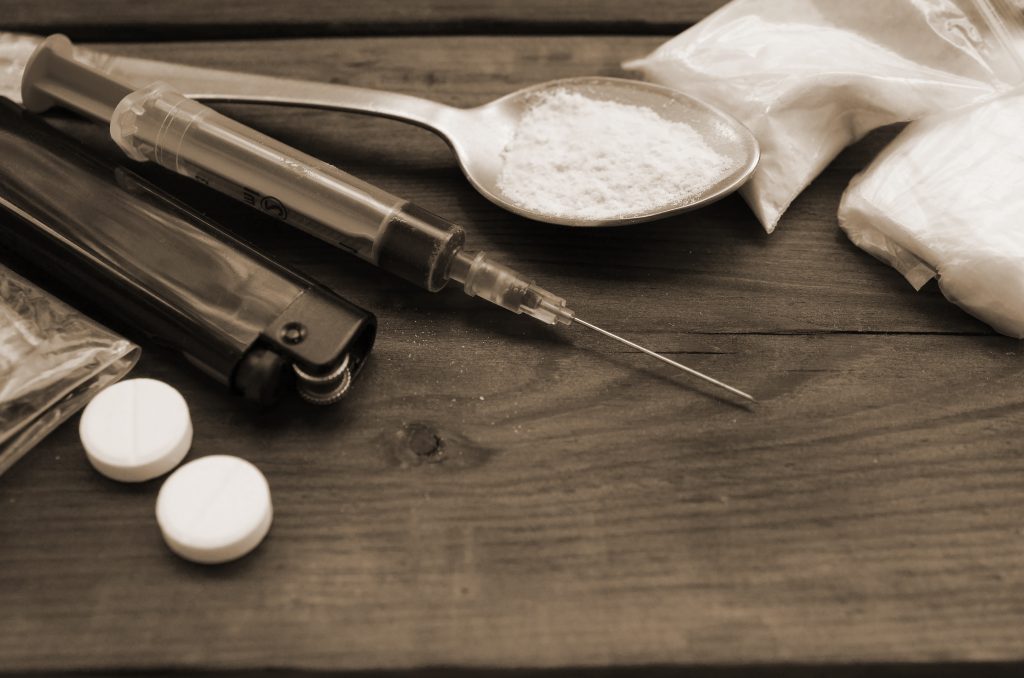Suboxone is an FDA-approved prescription medicine used to treat opioid misuse disorder. When used as directed and under the direct supervision of a qualified doctor, it relieves opioid withdrawal symptoms without getting you high. It also reduces your craving for opioids which is critical to preventing relapse.
Unfortunately, Suboxone can still be addictive if misused. It can also cause withdrawal symptoms once you stop using it. However, the good news is that it is relatively easy to deal with Suboxone withdrawal after treatment.
So, if you have been on Suboxone treatment and experiencing withdrawal, you may be wondering how long they will last and what you can do to avoid relapsing. We are here to help you.
Read on to learn more about Suboxone withdrawal and how you can deal with the situation.
A Quick Overview of How Suboxone Works
The working mechanism of Suboxone is a little bit complicated, so let us break it down for you. Basically, the drug has two compounds, namely Buprenorphine and naxolene.
Buprenorphine is a partial opioid agonist. Its primary function is to bind itself onto the opioid receptors in your brain and generate the same feeling as other street opioids.
Naxolene is an opioid antagonist meaning that it binds to the opioid receptors but doesn’t turn them on. It acts like a prevention mechanism that ensures you don’t get high. If you start getting high from the feeling generated by Buprenorphine, naxolene kicks in to shut the feelings off.

Technically, it means that if you inject Suboxone when you already have active opioids in your blood system, you will enter withdrawal immediately. However, when it is used sublingually as instructed, naxolene isn’t absorbed into your bloodstream.
You shouldn’t start taking Suboxone until all the other opioids are completely out of your system. In fact, Suboxone is most effective if you start taking it after experiencing withdrawal symptoms.
The Buprenorphine will kick into action to stop the withdrawal symptoms without getting you high. Even after your treatment is over, you shouldn’t quit Suboxone abruptly. Instead, allow your doctor to slowly taper down your dose to make your withdrawal experience smooth.
What Are the Signs of Suboxone Withdrawal?
During Suboxone withdrawal, your body is overworked, making you experience some physical and psychological effects. Sometimes, you may experience co-occurring mental issues which can only be handled by mental health experts.
Some of the most common physical withdrawal symptoms include:
- Skin abnormalities where you feel uncomfortable in your own skin.
- Hot or cold flashes.
- Sweating profusely.
- Diarrhea.
- Nausea and vomiting.
- Difficulty sleeping.
- Loss of appetite.
- Opioid cravings.
- Tiredness.
- Muscle discomfort.
- Headaches.
You may also experience a wide range of psychological symptoms, including:
- Depression and suicidality.
- Irritability or moodiness.
- Anxiety.
- Stress.
- Co-occurring disorders.
Suboxone Withdrawal Timeline
So, how long does Suboxone withdrawal last after treatment? The truth is that there is no specific answer to the question because the Suboxone withdrawal timeline you experience will depend on a wide range of personal factors.
For instance, if you taper the drug, you will most likely experience a prolonged withdrawal timeline with milder symptoms. However, if you quit abruptly, you may experience more severe symptoms that won’t last long.
Here is a general Suboxone withdrawal timeline you need to know:
First 24 hours
During treatment, Suboxone is usually administered daily. So, if you go for 24 hours without the medication, you will start feeling the first signs of withdrawal.
Some of the early symptoms may include general discomfort, fatigue, and anxiety. Sometimes, it may feel like you are coming down to a cold.
2-3 days
Once your withdrawal symptoms start to manifest, they will only get worse until they hit the peak. This may happen within the first three days. Peak symptoms will only show when the withdrawal is at its worst. They include body aches, vomiting, diarrhea, nausea, and fever.
One week
Although peak symptoms are the worst, they usually mark a significant turning point in your withdrawal timeline. You will start to feel better afterward and most of the symptoms will be gone within the next few days.
Typically, you should be feeling much better at the end of the first week, although some psychological symptoms may still linger.
Two weeks
In some cases, severe symptoms such as depression, anxiety, and opioid cravings may continue long after the peak withdrawal phase. If that is the case, make sure you talk to your Suboxone doctor about it. He/she may recommend therapy.
One month
At this point, you should be feeling much better, but the most crucial thing you need to address is relapse prevention.
Though Suboxone is already out of your body system, your brain may still be wired to crave the drug or even other opioids. In fact, Suboxone cravings can still occur years after you completed your treatment.
How Can You Deal with Suboxone Withdrawal Symptoms?
Once your Suboxone doctor decides that you are at a stable point in your recovery journey, Suboxone weaning can start immediately.
While you may experience some of the withdrawal symptoms highlighted above, the following tips should help you cope with the challenges and discomfort that may accompany the withdrawal:
1. Create a plan
Entering into a period of withdrawal can be scary and stressful. That is why it is critical to speak to your doctor about it and have a solid plan in place.

Get all your questions answered and voice your concerns about the entire process to your doctor. Be aware of some of the symptoms you may encounter and let your doctor prescribe good medications that can mitigate some of the withdrawal symptoms without affecting you so much.
2. Have a strong support system in place
Withdrawal symptoms can cause a significant emotional toll. Sometimes, you may experience mood swings and weird feelings.
Therefore, having a trusted family member or friend by your side during a difficult time can make things a little better for you. You should also identify a good support group and join it to interact with other people who are also on a recovery journey.
Support groups offer massive emotional and physical support no matter where you are in your recovery journey.
3. Exercise
A healthy body helps to maintain a healthy and positive mind. Several studies have shown that frequent exercise boosts endorphins, making you feel better.
4. Hydrate
As your body struggles to get rid of the Suboxone from your bloodstream via sweating, vomiting, and diarrhea, you will become dehydrated. To ensure you are staying safe, consider drinking a lot of water.
This can also play a critical role in flushing out other toxins from your body. If you prefer drinking hot tea, make sure it is hydrating tea with a minimal diuretic effect.
5. Prepare for the physical effects
Sometimes, detoxing from prescription Suboxone can feel like a bad case of flu.
Therefore, you need to be fully prepared for the rapid body temperature changes you may experience. Have enough blankets, heating pads, ice packs, and a fan in your house.

Stay hydrated and have a comprehensive list of distractions such as magazines, books, video games, or movies that can help you take your mind off the pain.
Get the Support You Need At CCIWA
Whether you are considering Suboxone as the best solution to your opioid dependence or want to stop using it after completing your treatment, CCIWA is here to help you achieve your goal.
We have a team of experienced Suboxone doctors and counselors ready to offer support and professional guidance as you navigate the best path for you.
Contact us today to find a Suboxone clinic near you!



